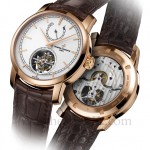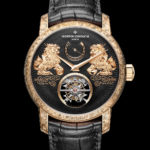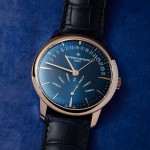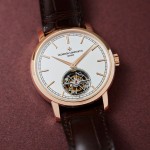Vacheron Constantin Introduces the Traditionnelle Tourbillon Retrograde Date Openface
Visual depth and a charming Easter egg.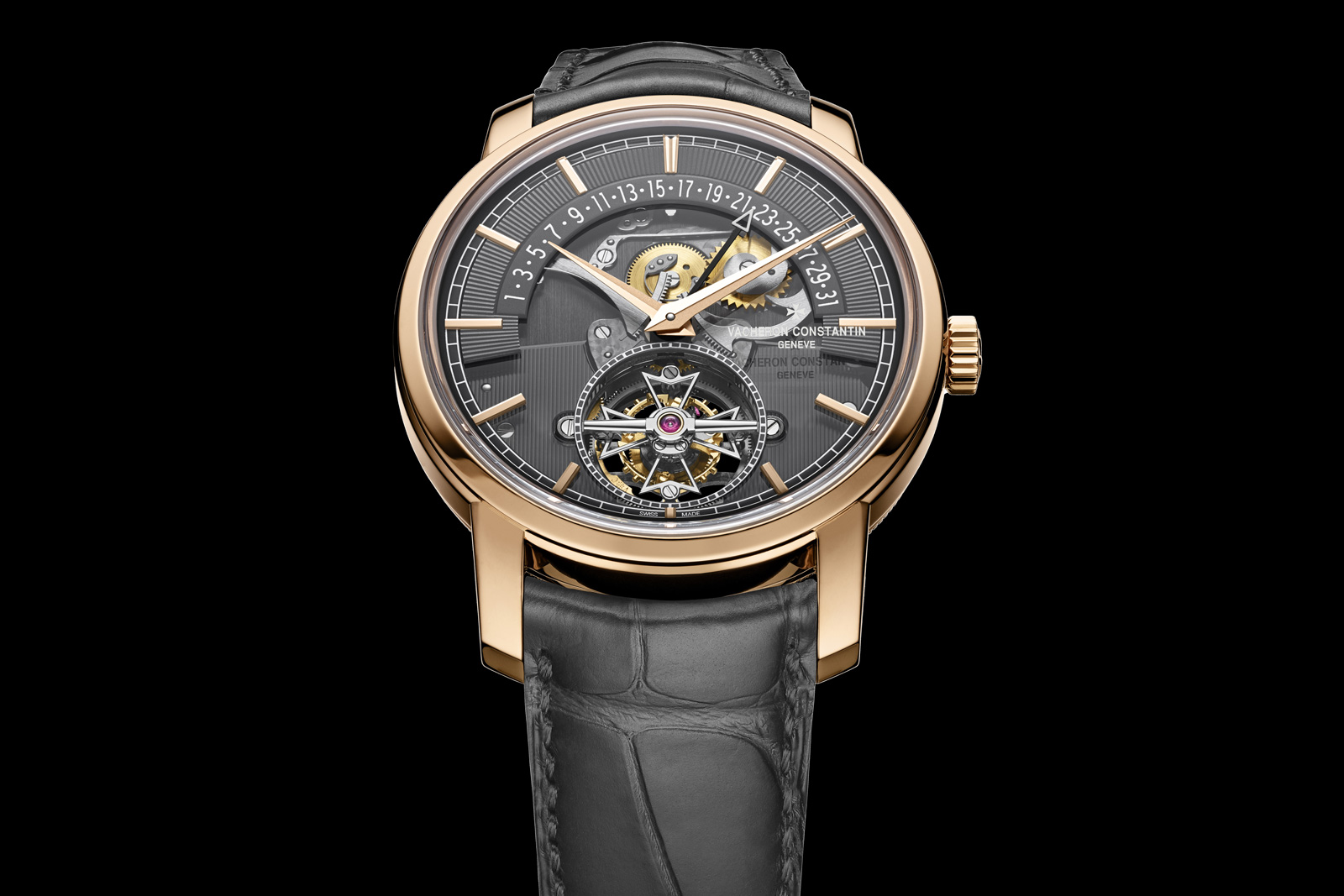
For Vacheron Constantin, 2023 is the year of the retrograde date. The brand kicks off the year with three references featuring this unusual complication, led by the Traditionnelle Tourbillon Retrograde Date Openface.
Vacheron Constantin has a rich history in retrograde displays that dates back almost 100 years, and the Traditionnelle Tourbillon takes things up a notch with a hand-engraved, open-worked dial.
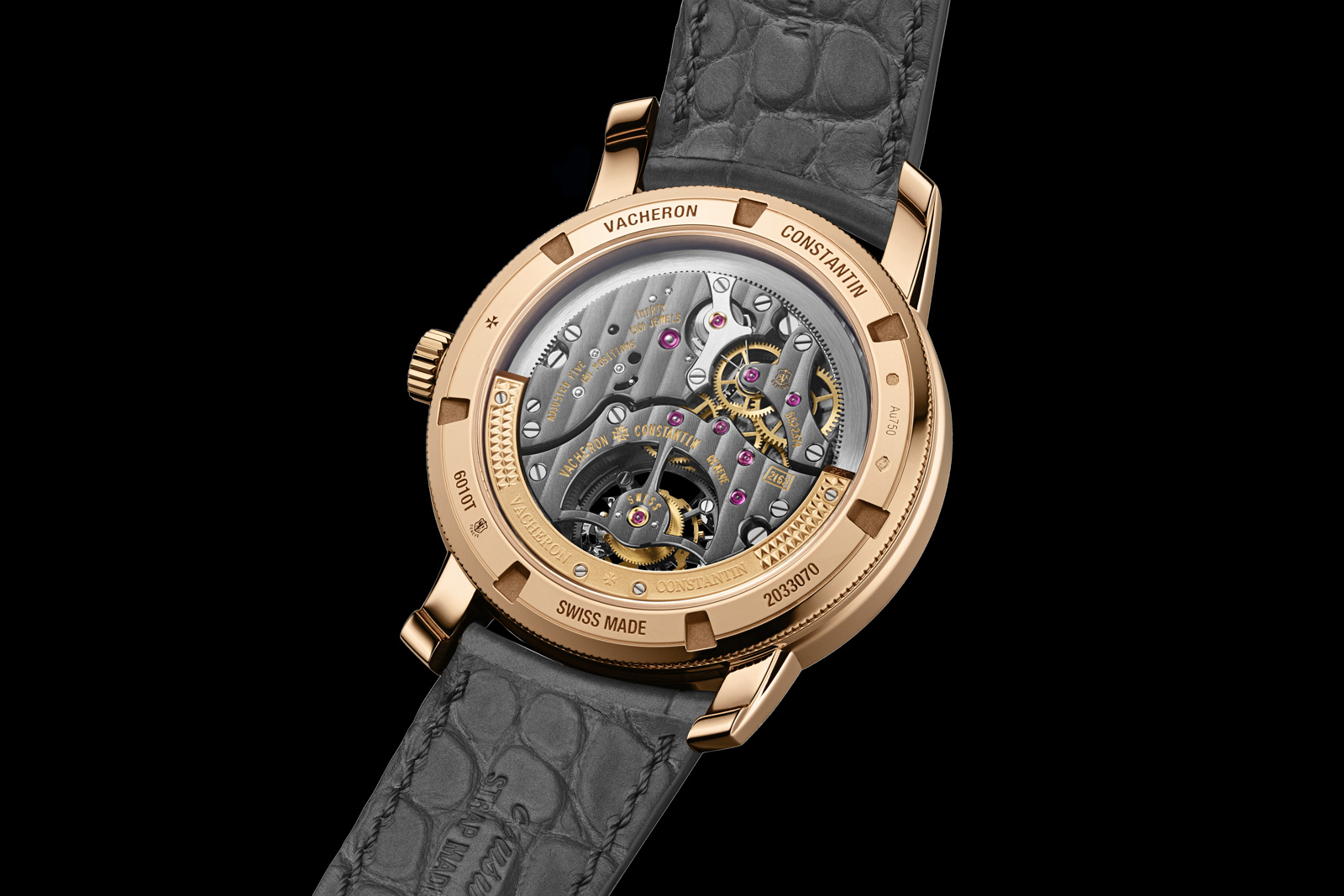
Initial thoughts
The new Traditionnelle Tourbillon is a tidy little package that tweaks an existing movement to create a surprisingly different watch thanks to an open-worked dial that uses the retrograde mechanism as a design element.
The result is a watch that is recognisable as a Traditionelle Tourbillon – it has many of the hallmarks of the line – but one that instantly stands apart.
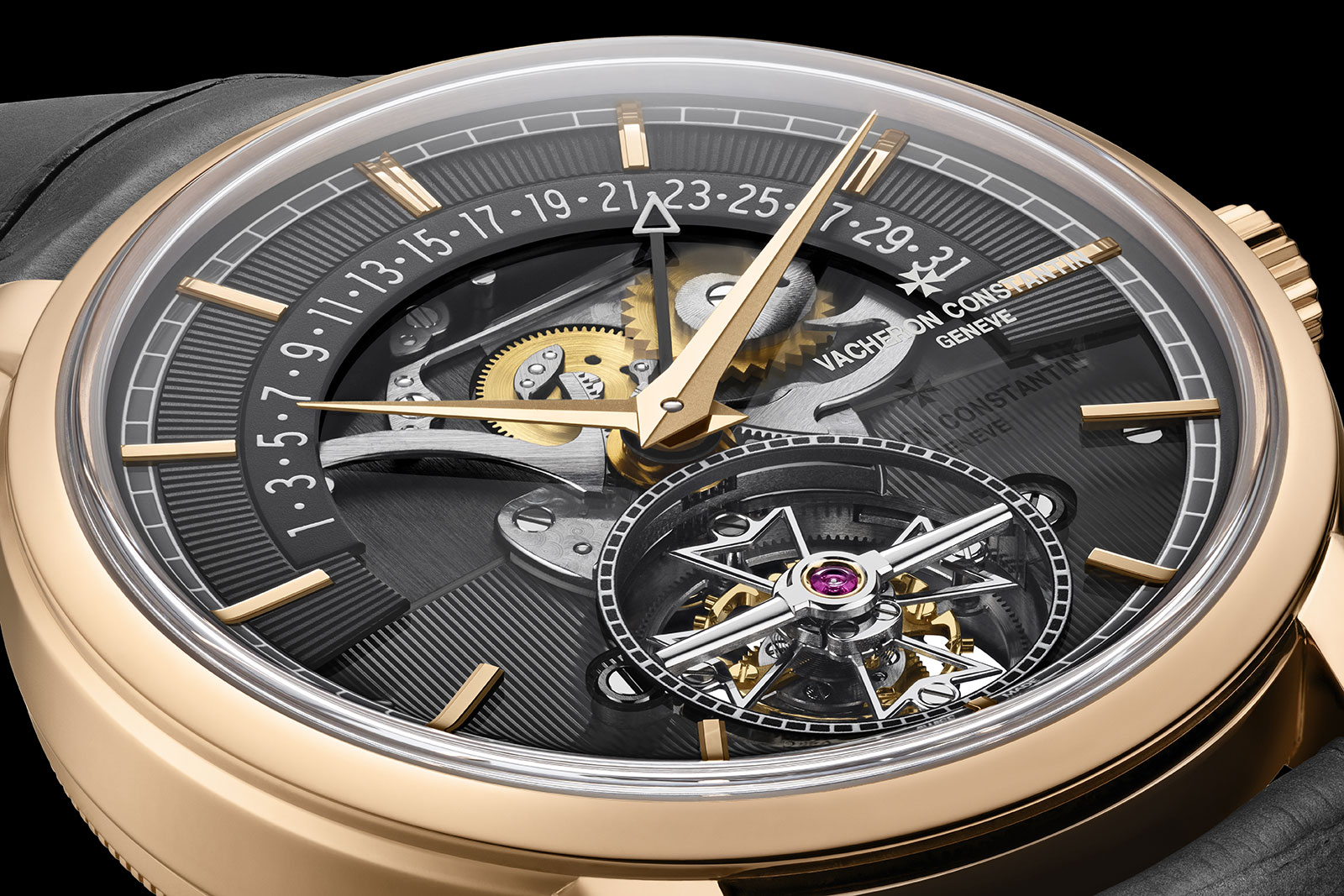
The new look also compliments the largish case well. Size-wise the new tourbillon is almost identical to the standard Traditionelle Tourbillon with a conventional dial. But while the standard model feels a little large at 41 mm due to its classical styling, the new model feels more natural in its size thanks to its contemporary aesthetics.
In terms of its value proposition, the estimated price of €200,000 is consistent with its stature, if a bit on the high side. It’s slightly more than the brand’s own Overseas Tourbillon Skeleton, a watch that features the same base movement dressed in more elaborate finishing. Of course, it’s not an apples-to-apples comparison since the Overseas lacks the two-piece guilloche dial and retrograde date mechanism of the Traditionelle.
Guilloche and retrograde
While the base movement of the new Traditionnelle Tourbillon is familiar, the execution of the retrograde mechanism and dial are unusual – the retrograde mechanism is essentially the dial.
Easily the most striking feature of the new Traditionnelle Tourbillon, the dial is built on two levels to offer visual depth and a dramatic play of light and shadow.
Notably, the lower half of the dial is actually the movement base plate decorated with traditional guilloche engraved with a straight-line engine. The upper dial is composed of a sapphire crystal disk and a segment of 18k gold that is similarly engraved.
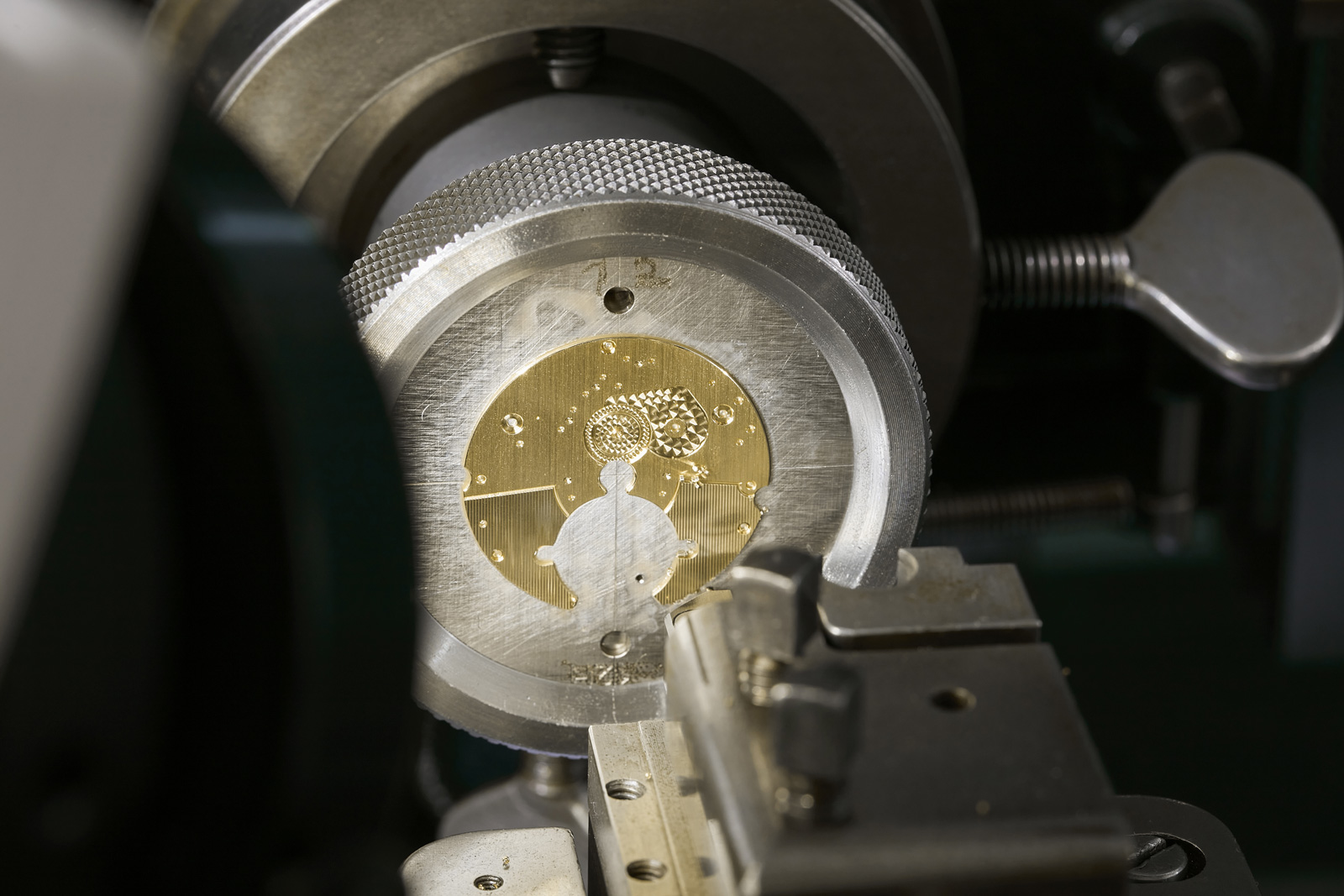
The baseplate of the retrograde date mechanism, which forms a large part of the dial, is engraved by hand using a straight-line engine.
The use of an engraved base plate as a dial element is a bold and unusual choice that requires utmost care during assembly and servicing of the retrograde date components, but the effect is worth the effort. Another watch that uses an engraved base plate to form the dial is the F.P. Journe Chronomètre Bleu Byblos introduced in 2014.
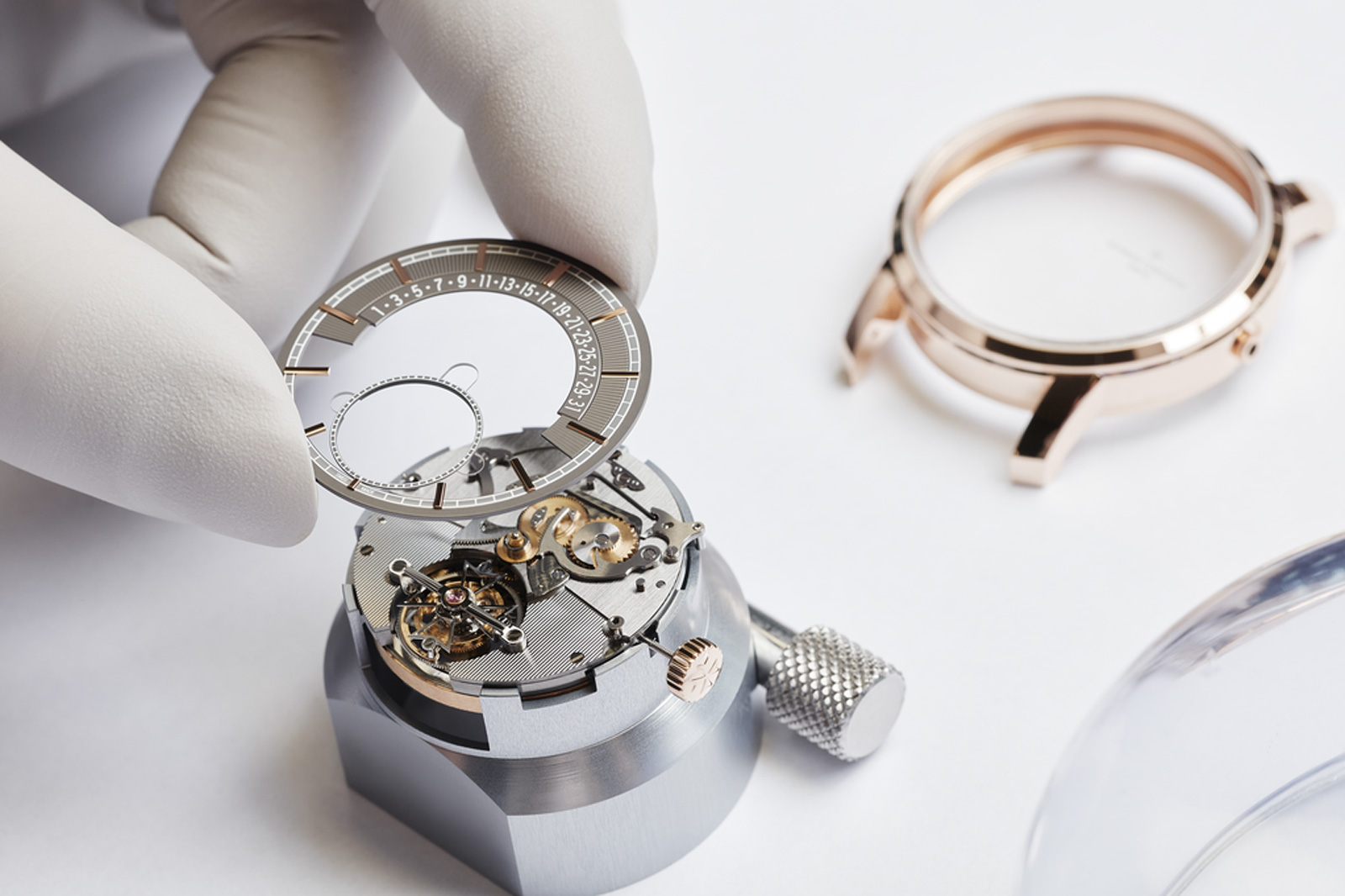
The upper dial combines sapphire crystal with hand guilloché on 18K gold
Sandwiched between these elements, the retrograde date mechanism is on full display. This configuration calls to mind the earlier ref. 47247, a limited edition introduced in 2002 to mark the brand’s 247th anniversary.
Interestingly, while the configuration of the retrograde date is similar to this prior reference, the mechanism has evidently been redesigned to offer a more tidy and attractive arrangement of racks and springs.
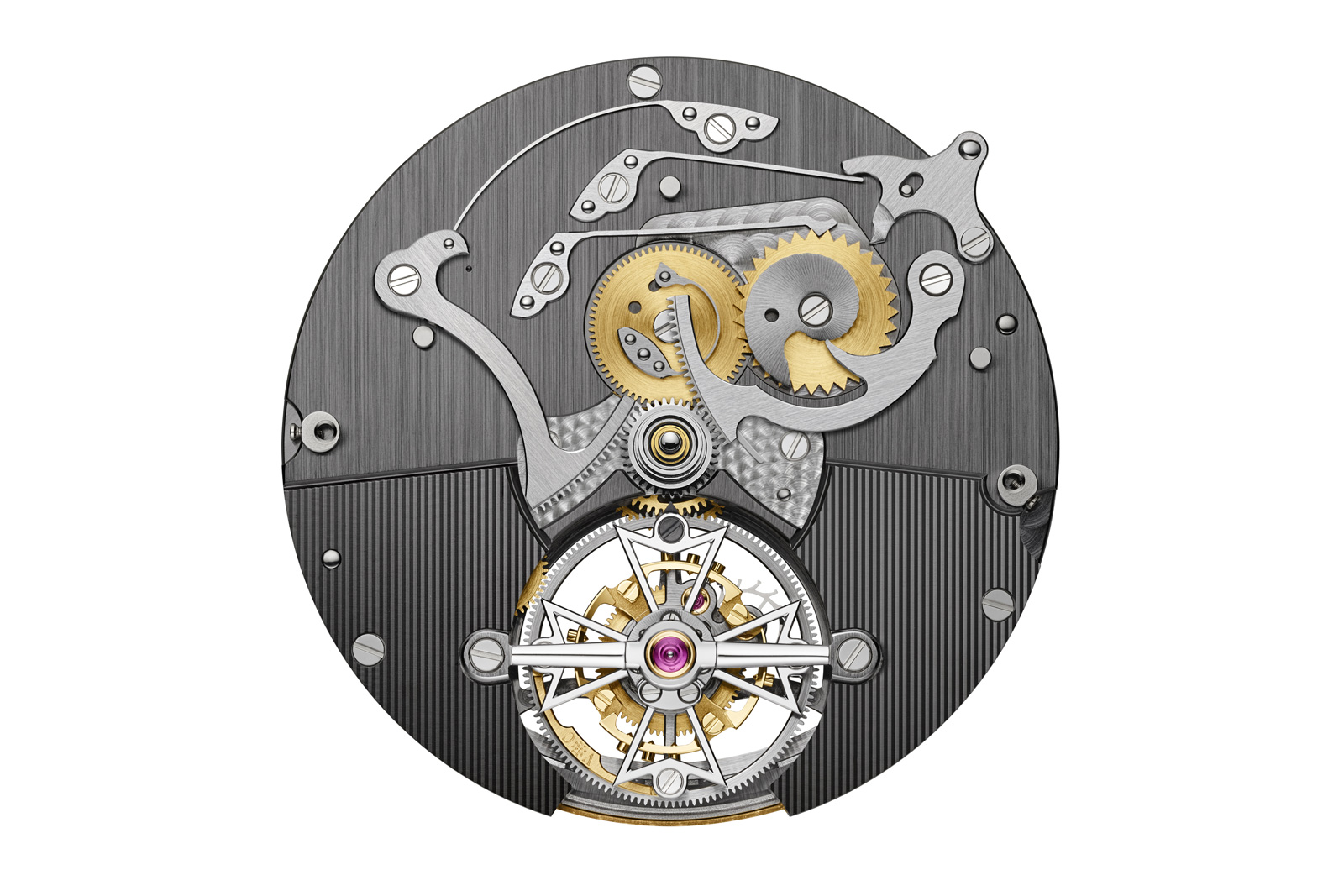
The racks and springs of the retrograde date mechanism are elegant and uncluttered.
A familiar movement, with an Easter egg
The cal. 2162 R31 in the new tourbillon is based on the cal. 2160 introduced in 2018 as the brand’s first automatic tourbillon. The movement features Vacheron Constantin’s signature tourbillon cage in the shape of the Maltese cross.
The cage stands out for its distinctiveness, delicacy, and its satisfyingly sharp inner angles. The cage also features an Easter egg: one of its cage screws is galvanised to the same grey colour as the dial, enabling the tourbillon cage itself to double as a running seconds hand.
The movement architecture is elegant, with graceful curves mirrored by adjacent bridges. The finishing is exemplary, especially the black polished tourbillon bridge on the dial side.
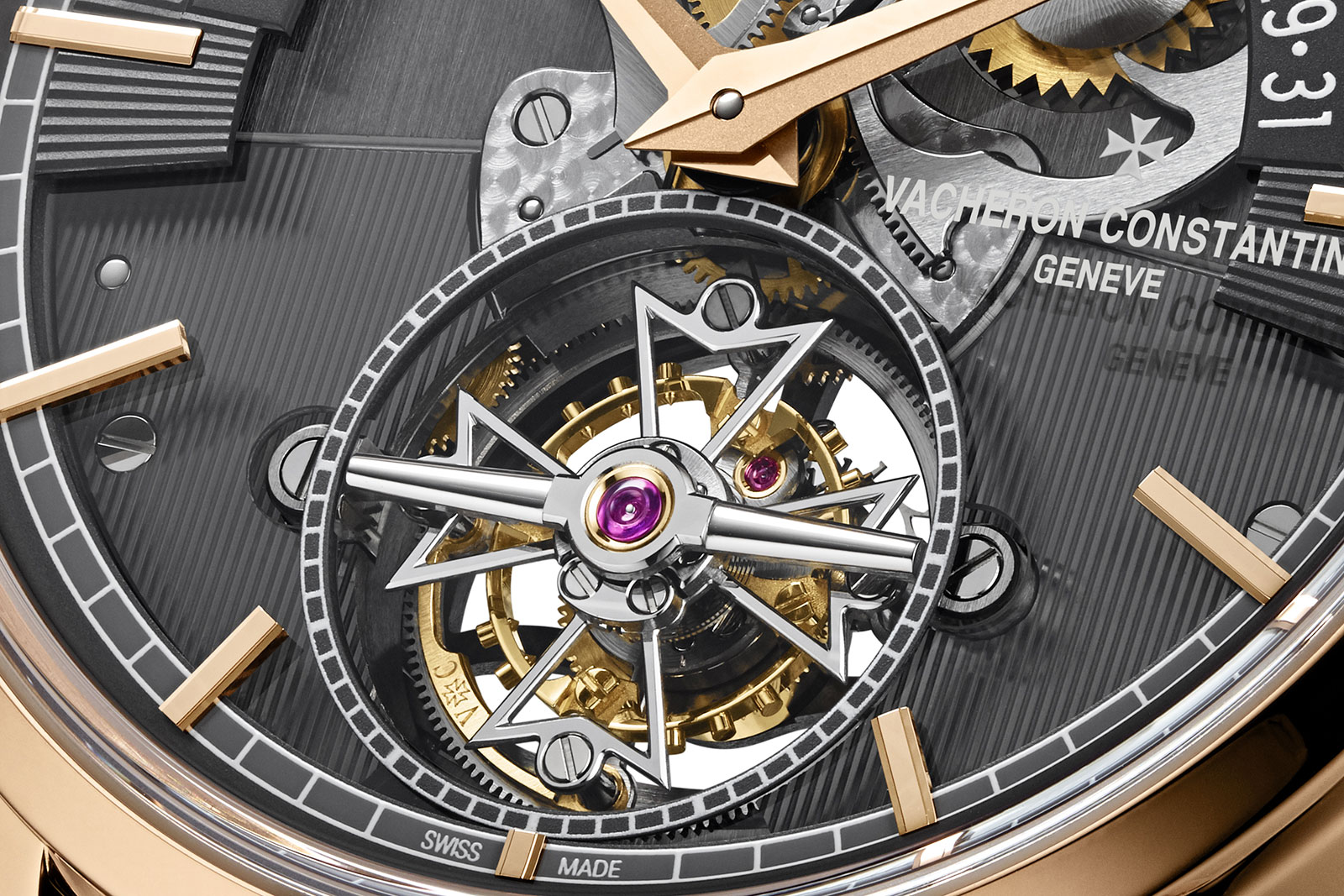
The grey-tone screw at the 12 o’clock position on the cage
The most unusual characteristic of the movement is the peripheral winding rotor. Though peripheral rotors tend to wind less efficiently than central rotors, they offer the advantages of reduced thickness and an unobstructed view of the movement. Given the fine finishing of the cal. 2162, this is a worthwhile compromise.
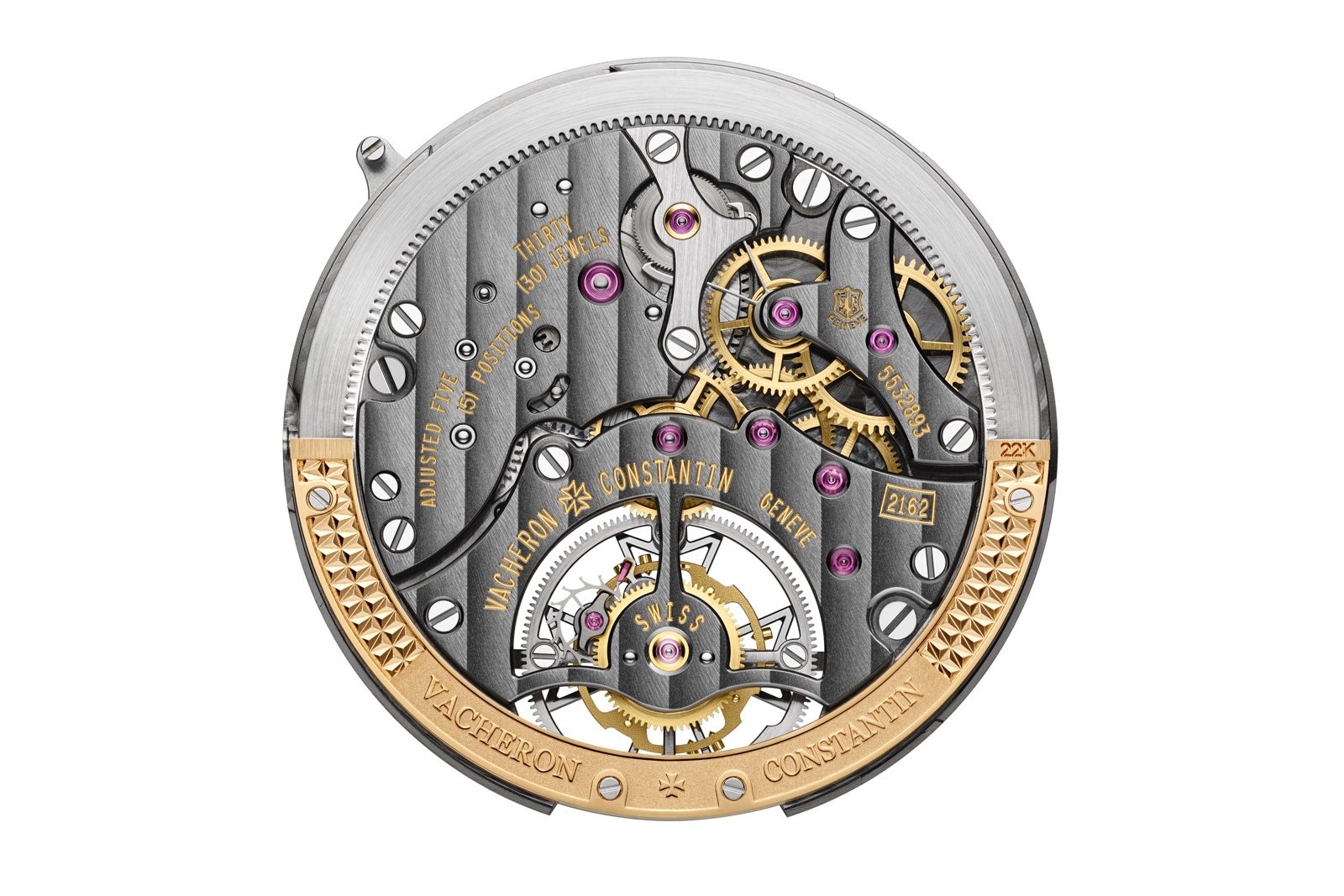
The cal. 2162 R31 – the magic lever winding system is visible at the upper right
Also worth noting is the automatic winding train visible through the case back between 12 and two o’clock. In most automatic movements, these components are hidden, but this layout enables the user to observe the transmission of energy from the peripheral winding ring to the intermediate wheels, and finally to the “Magic Lever” style, pawl-based bi-directional winding system.
As an aside, the Magic Lever was invented by Seiko in 1959 and is still strongly associated with the Japanese brand. But over the past few years, the Swiss have overcome their collective “not invented here” bias, and you can now find this compact and efficient system in numerous brands from Ulysse Nardin and H. Moser & Cie to IWC and Jaeger-LeCoultre.
Key facts and price
Vacheron Constantin Traditionnelle Tourbillon Retrograde Date Openface
Ref. 6010T/000R-B638
Diameter: 41 mm
Height: 11.07 mm
Material: 18K 5N pink gold
Crystal: Sapphire
Water resistance: 30 m
Movement: Cal. 2162 R31
Features: Hours, minutes, small seconds on tourbillon cage, tourbillon and retrograde date
Frequency: 18,000 beats per hour (2.5 Hz)
Winding: Automatic
Power reserve: 72 hours
Strap: Alligator with folding clasp
Limited edition: No
Availability: At Vacheron Constantin boutiques only
Price: €200,000 (subject to change)
For more, visit Vacheron-constantin.com.
Back to top.
